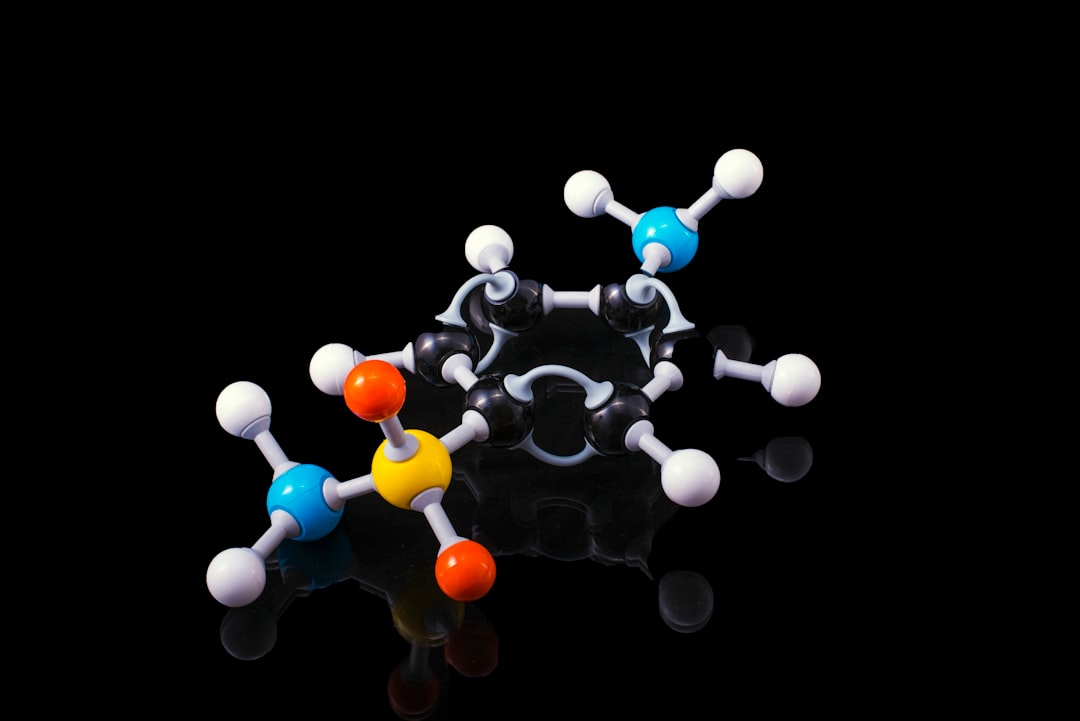What is it about?
The simple act of breathing is among the most familiar ways we convert nutrients to energy – inhaling molecules of oxygen and harmlessly breathing out unwanted material. But when our usual disposal mechanisms fail, the accumulated electrons can produce the kind of toxic event that causes many diseases, including cancer. Studying life processes like an electronic circuit, scientists at Yale have devised a novel way to identify the underlying mechanism that relieves oxidative stress as part of so-called biochemical reduction-oxidation (or "redox") reactions. Published in PNAS, the researchers found a new escape route that acts to defuse these ticking time bombs -- a wire made up of chains of amino acids that are present in a third of all proteins
Featured Image

Photo by Alex Dukhanov on Unsplash
Why is it important?
We know these ring-shaped amino acid chains contribute to making proteins more robust. But we also found that the same chains can behave as electron wires. Overcoming challenges that have hampered past protein conductivity studies, the team used a 4-electrode technique to measure electron flow in individual protein crystals. Although electrons had previously been observed "tunneling" through proteins, the team discovered electrons "hopping" over distances greater than a thousand times further than previously observed. We are answering a long-standing question of how electrons travel far through a protein.
Perspectives
The findings have implications for a wide range of applications such as artificial photosynthesis and the design of new biomedical materials.
Nikhil Malvankar
Yale University
Read the Original
This page is a summary of: Intrinsic electronic conductivity of individual atomically resolved amyloid crystals reveals micrometer-long hole hopping via tyrosines, Proceedings of the National Academy of Sciences, December 2020, Proceedings of the National Academy of Sciences,
DOI: 10.1073/pnas.2014139118.
You can read the full text:
Resources
Contributors
The following have contributed to this page










